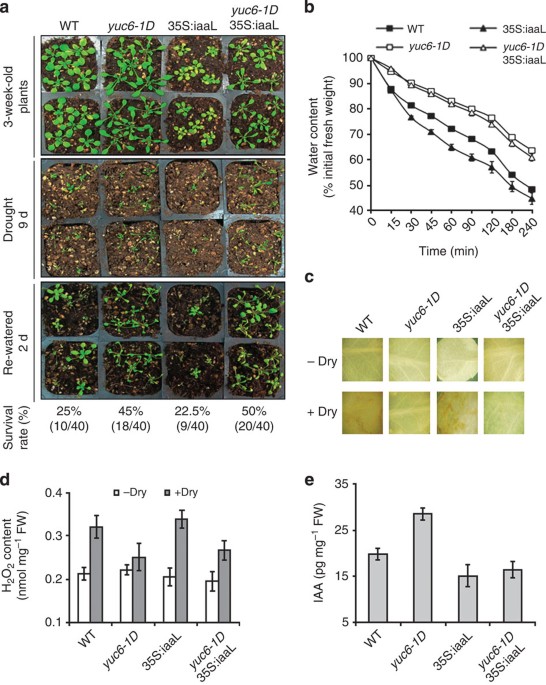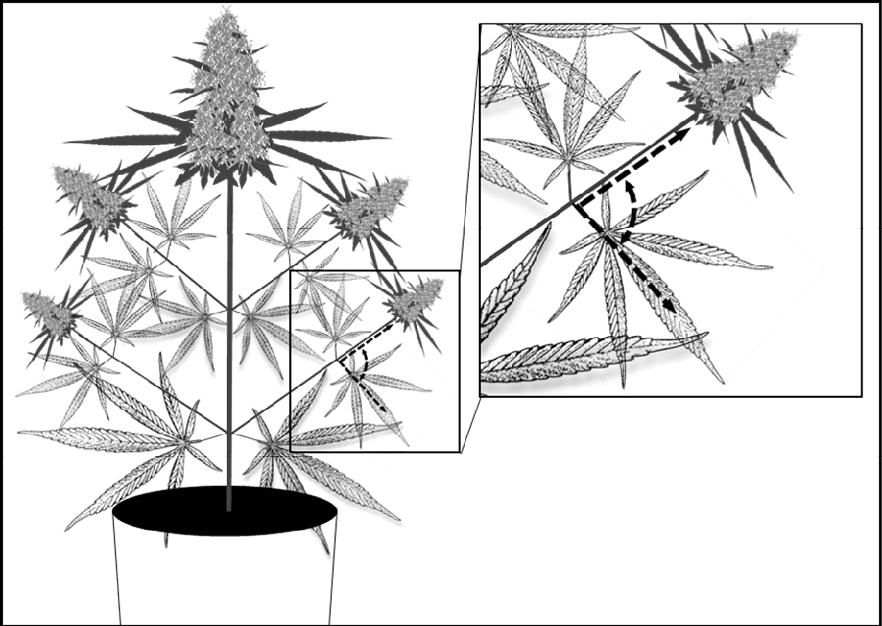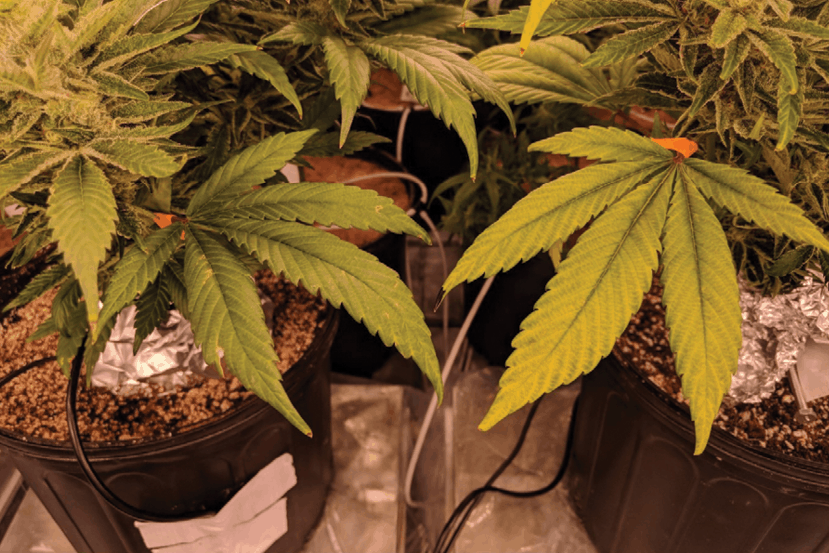Nice read,, So who has the Skunk lol.
I wounder if people are not using the same amounts of Sulfur in their nutrients to produce the skunk that we use to have. Sulfur was used heavily back in the 70's to grow cannabis
I wounder if people are not using the same amounts of Sulfur in their nutrients to produce the skunk that we use to have. Sulfur was used heavily back in the 70's to grow cannabis
















